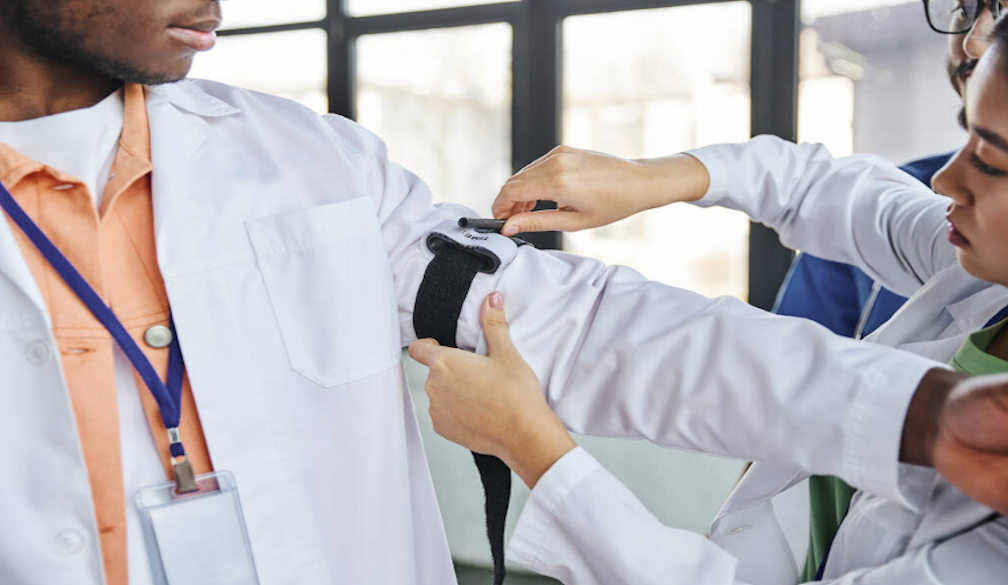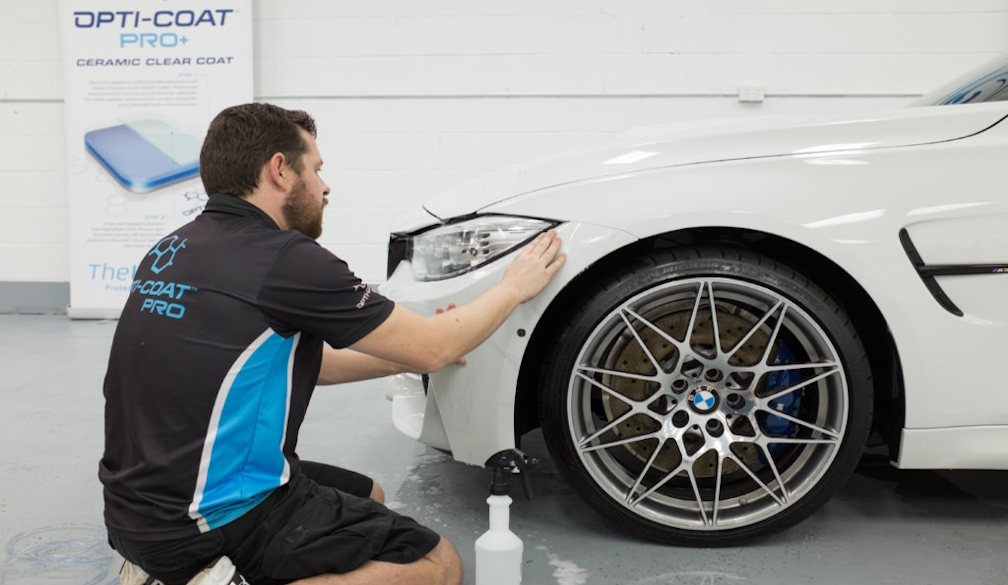Understanding AED: The Life-Saving Medical Device Explained

When an emergency strikes, seconds matter. Sudden cardiac arrest (SCA) can occur without warning, and when it does, immediate action is vital for survival. An Automated External Defibrillator (AED) can be a life-saving device in these critical moments. What is an AED? An AED is a portable device that delivers an electric shock to the heart to restore a normal rhythm during sudden cardiac arrest. Easy to use, practical, and designed for non-medical professionals, AEDs are now widely available in public spaces like shopping centres, sports arenas, airports, and schools.
What is an AED?
An Automated External Defibrillator (AED) is a portable medical device that delivers a controlled electric shock to the heart to restore its normal rhythm during a life-threatening event, such as sudden cardiac arrest. When a person experiences SCA, the heart’s electrical activity becomes erratic, causing it to stop pumping blood effectively. This can result in loss of consciousness, and if not treated immediately, it can lead to death within minutes.
The AED is designed to detect abnormal heart rhythms, such as ventricular fibrillation (VF) or pulseless ventricular tachycardia (VT), and determine if a shock is needed. If so, it delivers a shock to the chest, which can help restore the heart’s regular rhythm. The device is fully automated, guiding the user through every process step.
How Does an AED Work?
While defibrillators may seem intimidating, AEDs are remarkably simple to operate. Most modern AEDs are designed with clear, step-by-step voice prompts, visual instructions, and even diagrams to assist users, whether or not they have medical training.
Here’s how an AED works in an emergency:
- Turn on the AED: As soon as you identify someone in cardiac arrest, turn on the AED. The device will automatically begin to provide instructions.
- Attach the Electrode Pads: The AED has adhesive electrode pads that must be placed on the person’s bare chest. These pads are marked with clear instructions and are typically placed on the upper right side of the chest and the lower left side near the rib cage.
- Assess the Heart Rhythm: The AED will then analyse the person’s heart rhythm and assess whether the heart is in a shockable rhythm (such as VF or VT). The AED will only deliver a shock if needed.
- Administer a Shock: If the device detects a shockable rhythm, it will instruct the user to clear the area, ensuring no one touches the person. It will then deliver the shock automatically. In some models, the user may be prompted to press a button to administer the shock.
- CPR and Re-assessment: After delivering a shock, the AED will continue to guide the user. It may advise the user to perform CPR (Cardiopulmonary Resuscitation) until emergency medical services (EMS) arrive. The device will re-assess the heart’s rhythm every few minutes and, if necessary, deliver another shock.
Why AEDs Are Easy to Use
One of the most important features of AEDs is their user-friendliness. While using an electric shock to save a life may seem complex, the design of AEDs has made them incredibly accessible to the general public.
- Clear Instructions: Modern AEDs have simple, spoken prompts that guide the user through each step. By following these instructions, even someone without medical training can operate an AED effectively.
- Automated Shock Delivery: One of the main advantages of AEDs is that they do the hard work for you. The device analyses the heart’s rhythm and decides whether a shock is required. If a shock is necessary, it will administer it automatically, reducing the chance of human error.
- Minimal Preparation: The only preparation required to use an AED is ensuring the patient’s chest is bare so the electrode pads can make good contact with the skin. The pads are usually easy to attach and often marked with pictures for quick identification.
- Safety Features: AEDs are designed with multiple safety features to protect the patient and the user. The device won’t deliver a shock unless it detects a shockable rhythm, ensuring it is only administered when necessary.
Where Are AEDs Found?
AEDs are becoming increasingly common in public spaces and workplaces across Australia. According to Australian Resuscitation Council guidelines, defibrillators should be placed in high-risk areas such as airports, shopping malls, sports arenas, and public transport hubs. Many gyms, schools, and even some corporate offices are now equipped with AEDs to ensure they are prepared for emergencies.
Australia has seen a growing push for AED accessibility, with some states requiring the installation of defibrillators in high-traffic areas and public buildings. Mobile phone apps are even now available to help locate nearby AEDs in an emergency.
Conclusion
AEDs (defibs) are straightforward yet powerful life-saving tools that can help increase the chances of survival in cases of sudden cardiac arrest. Their clear voice prompts, automated shock delivery, and safety features make it possible for anyone — regardless of medical background — to intervene and provide critical care in the moments that matter most. As awareness and access to AEDs grow, more lives can be saved, and more people will be confident to step in during an emergency, knowing that with a suitable device, they can make all the difference.





